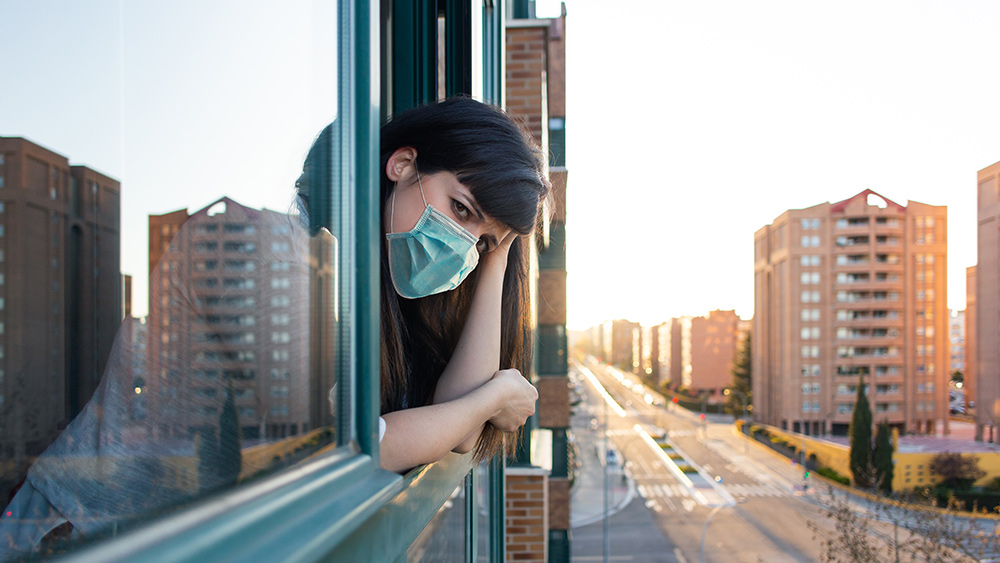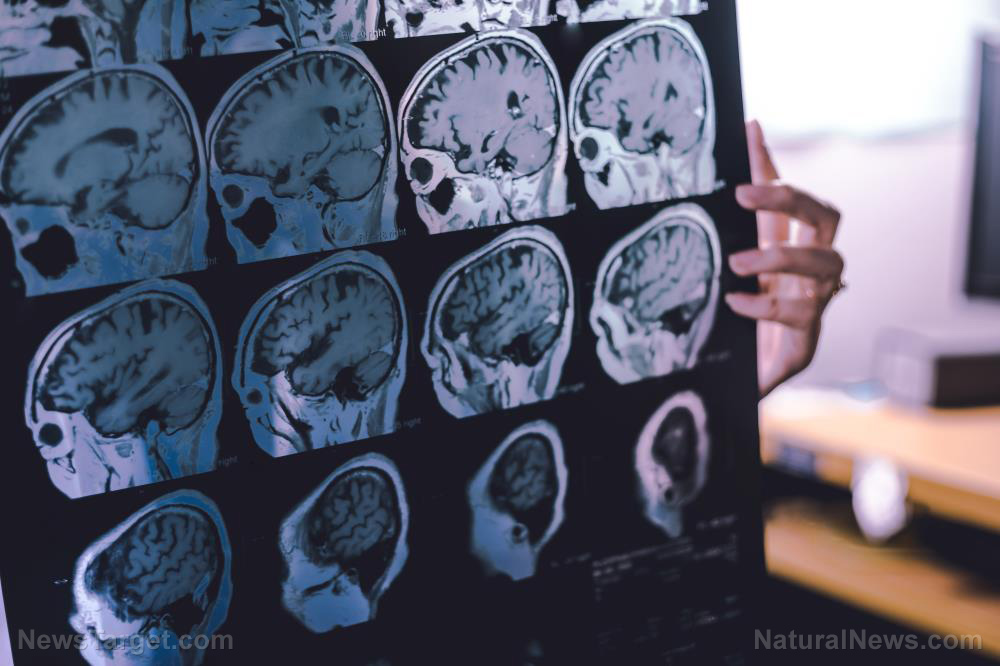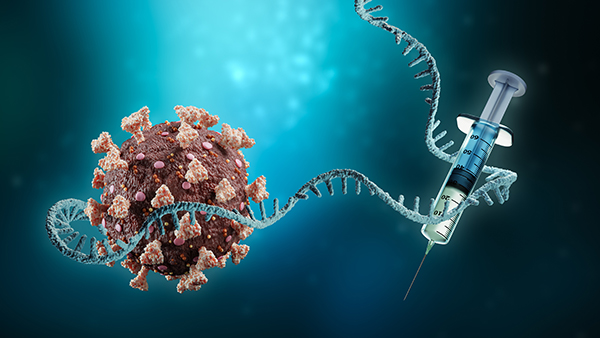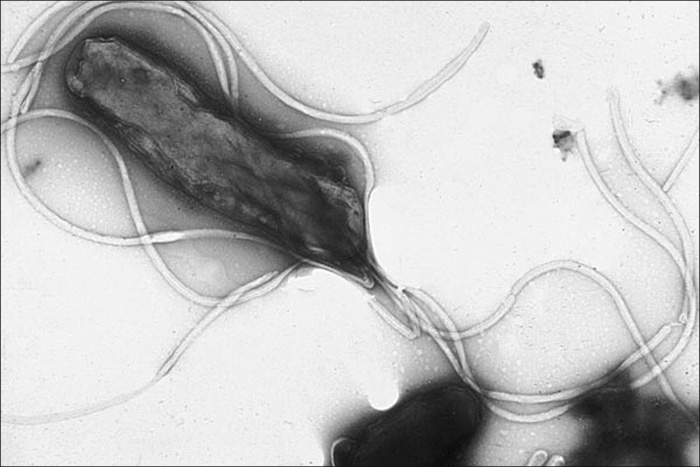COVID lockdowns rewired teen brains, study finds: Lasting stress, inflammation, and emotional dysregulation
09/17/2025 / By Cassie B.

- Government lockdowns biologically altered adolescent brains, mimicking trauma survivors with weakened stress responses and heightened inflammation.
- Teens post-lockdown showed reduced brain activity in emotional regulation and reward processing, linked to chronic stress exposure.
- The study reveals lasting biological damage from isolation, not COVID-19 itself, raising concerns about long-term mental and physical health risks.
- Disadvantaged communities likely suffered even worse effects, as the study focused on higher-income, predominantly white participants.
- Researchers warn of a “new normal” with unknown long-term consequences, urging support for youth and evidence-based policies in future crises.
It’s hard for most of us to imagine being a teenager during the COVID-19 lockdowns: stuck at home and cut off from friends, sports, and school, with no clear end in sight. Now, a groundbreaking study published in Translational Psychiatry confirms what many feared: those restrictions didn’t just cause temporary stress; they biologically altered adolescent brains, stress responses, and immune systems in ways that resemble trauma survivors.
Researchers from Stanford University and the San Francisco Veterans Affairs Medical Center compared 154 teens—76 assessed before the pandemic and 78 after lockdowns ended. The results were alarming. Post-lockdown teens showed lower cortisol levels (indicating a weakened stress response), higher inflammation markers (linked to long-term health risks), and reduced brain activity in regions controlling emotional regulation and reward processing. These patterns mirror those seen in individuals exposed to early-life trauma, raising serious questions about the long-term consequences of government-mandated isolation.
A generation under biological siege
The study, led by researcher Justin Ping Yuan, found that adolescents who endured lockdowns exhibited “profoundly stressful” biological disruptions—not from COVID-19 itself (only one participant had tested positive), but from the prolonged social and psychological upheaval of restrictions.
- Weakened stress response: Lower cortisol production suggests a dampened HPA axis, a hallmark of chronic stress exposure.
- Heightened inflammation: Elevated C-reactive protein (CRP) levels indicate a pro-inflammatory state, which has been linked to depression, cardiovascular disease, and other chronic illnesses.
- Brain changes: fMRI scans revealed reduced activation in the medial prefrontal cortex (involved in reward processing) and ventrolateral prefrontal cortex (critical for emotional control).
Yuan told PsyPost, “We were surprised by how much the teens who experienced the COVID-19 lockdowns looked biologically like people who have been exposed to significant early life stress or trauma.” In other words, government lockdowns may have inflicted trauma-level biological damage on an entire generation.
The real cost of “safety” measures
While public health officials justified lockdowns as necessary to “flatten the curve,” this study exposes a devastating trade-off: the measures meant to protect physical health sacrificed mental and neurological well-being, particularly in adolescents — a group already vulnerable to stress-related disorders.
Previous research has shown that adolescence is a critical developmental window, where the brain, immune system, and stress responses are highly sensitive to environmental influences. Disrupting this period with forced isolation, school closures, and social deprivation appears to have triggered lasting biological dysfunction.
Even more concerning? The study’s participants were predominantly white and from higher-income families, meaning the effects could be far worse in disadvantaged communities, where stress levels were likely even higher.
A warning for the future
The researchers emphasize that these findings should serve as a wake-up call. “Broadly, these findings suggest that the pandemic and lockdowns changed the course of adolescents’ psychobiological development,” Yuan said. “It will be important for researchers to understand what this ‘new normal’ might look like longer-term and whether there continue to be adverse effects of the pandemic even now so that we best support youth post-pandemic.”
In other words, the damage may already be done… and we won’t fully grasp the consequences for years.
This study is a damning indictment of lockdown policies. While politicians and public health bureaucrats patted themselves on the back for “saving lives,” they ignored the collateral damage — the mental health crises, the developmental disruptions, and now, the biological rewiring of an entire generation.
If there’s one takeaway, it’s this: Never again should unelected officials be allowed to impose such draconian measures without considering the full human cost. The next time a crisis emerges, we must demand evidence-based policies that weigh all risks — not just the ones that fit a political narrative.
Because the real pandemic wasn’t just a virus; it was the unintended destruction of young minds in the name of safety.
Sources for this article include:
Submit a correction >>
Tagged Under:
brain damaged, brain health, Cortisol, covid-19, health science, lockdown, Medical Tyranny, mental health, Mind, mind body science, pandemic, real investigations, research, stress, teen health, Teens, truth
This article may contain statements that reflect the opinion of the author





















